HARLINGEN — After 34 years, city officials are taking over operations at Harlingen’s animal shelter amid some commissioners’ concerns costs could climb over projections.
After Thursday, the city’s annual $400,000 contract with the Rio Grande Valley Humane Society, which had operated the shelter since 1988, expired a month after officials terminated the agreement, claiming the “no-kill” agency breached its contract when it refused to take in Harlingen residents’ pets along with some animal control officers’ intake requests.
Officials are taking on the operation after they failed to receive proposals to run the shelter after contacting the Laguna Madre Humane Society, Brownsville Animal Defense, the Palm Valley Humane Society and No Kill RGV.
Last week, commissioners agreed to pull $365,937 from the city’s general fund budget to foot payroll for an 11-member staff that will operate the shelter.
At City Hall, City Manager Gabriel Gonzalez said he planned to run the shelter for the budgeted amount.
As part of the transition, officials plan to close the shelter for one to two weeks while crews clean, make repairs and buy equipment, he said.
During that time, animal control officers will be taking strays to a Cameron County shelter, he said.
“It’s going well,” Gonzalez said, referring to the transition. “We’re making job offers to folks.”
Officials expect some staff to start work soon, helping to make the transition, he said.
But during a meeting, Commissioners Michael Mezmar and Frank Morales said they’re concerned the shelter’s operating costs could climb higher than its $367,937 payroll budget.
“You’re not pricing in a veterinarian; you’re not pricing in food; you’re not pricing in parvo, leukemia tests; you’re not pricing in vaccines,” Mezmar said during the Jan. 10 meeting. “So the cost will be what? Double?”
Then Morales said costs could “double or quadruple” the city’s annual $400,000 payment to the Humane Society.
In response, Mayor Norma Sepulveda told commissioners they had supported plans to take over the shelter’s operations while backing the decision to terminate the Humane Society’s contract.
“I understand the discussion and I think that’s a healthy discussion,” Sepulveda told commissioners, referring to questions stemming from the shelter’s operating costs.
“I just want to remind the commission that it was the consensus of the entire commission to move forward in this direction, so we need to support staff in this endeavor because this is the direction that we are going, and I encourage we have it on the agenda once we have those final numbers that we discussed,” she told commissioners.
“This is months and months of trying to collaborate, having meetings with the commission — and every single commissioner understood that this is the direction that we are going,” Sepulveda said. “So to deviate from this now — it’s not the right time.”
”This was a consensus of the commission, that we would go out for RFQs — we did that; that we would not renew the contract with the Humane Society, and that was a consensus of the commission,” she said. “So to sit here and say otherwise is completely inappropriate because it gives the wrong impression to the community. As much as we wanted to move forward with the Humane Society, they had an opportunity to apply for the RFQ. Have they applied? That did not happen.”
During discussion, Gonzalez said officials plan to use $180,000 which the Harlingen Community Improvement Board set aside to fund veterinarian spay and neuter services.
“We probably won’t bring one on board — a veterinarian — but we’ll work with them to actually issue vouchers for spay or neuter for the animals,” he said.
Meanwhile, Sepulveda proposed requesting the Community Improvement Board fund a total of $200,000.
“But nonetheless, the cost will be much higher than presented by the city, whether it comes from city tax dollars or it comes from (the Community Improvement Board), which is city tax dollars,” Mezmar said. “So the costs will be significantly higher than thought of and presented.”
Amid discussion, Shannon Harvill, the city’s environmental health director who will be overseeing the shelter’s operations, said plans call for a veterinarian to come to the shelter several times a week “to do animal assessments, to evaluate animals, to assist us in making recommendations if that animal is sick, helping to tell us what is wrong with that animal — is it possible to treat it relatively inexpensively or is it going to be something that’s going to cost thousands of dollars to try to treat medically? We also want to talk about spay-neuter.”
Meanwhile, Sepulveda said some veterinarians are volunteering their services.
“The veterinarian is not going to be an employee,” she said. “I do believe we’ve had some reach out that want to volunteer services as well, so probably we have a vet that will come and help with that at no cost, and we fully expect the shelter to also open its doors to volunteers. A ton of folks have been reaching out, excited about the opportunity to volunteer.”
During discussion, Mezmar questioned whether officials planned to buy drugs to conduct tests for diseases such as parvo and feline leukemia.
“We’re going to have to evaluate the cost of those tests,” Harvill told him. “We want to be responsible. We want to do what we can for those animals but as with everything, we have a budget.”
The city’s operation of the shelter comes months after officials began requesting the Humane Society present detailed financial information to determine whether the agency used the city’s $400,000 annual payment to help Harlingen residents.
When the Humane Society presented some information weeks after an October deadline, officials questioned whether nearly $1 million was spent on payroll.
Since 1988, the Rio Grande Valley Humane Society, under its former name, the Harlingen Humane Society, had operated the shelter.
About four years ago, the Humane Society, under past Executive Director Luis Quintanilla and a revamped board of directors, turned the shelter into a “no-kill” operation, slashing its numbers of euthanasia procedures.
In November, Quintanilla resigned after about four years on the job.










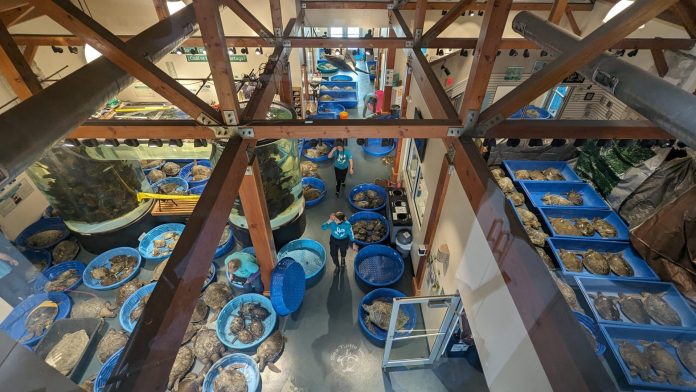

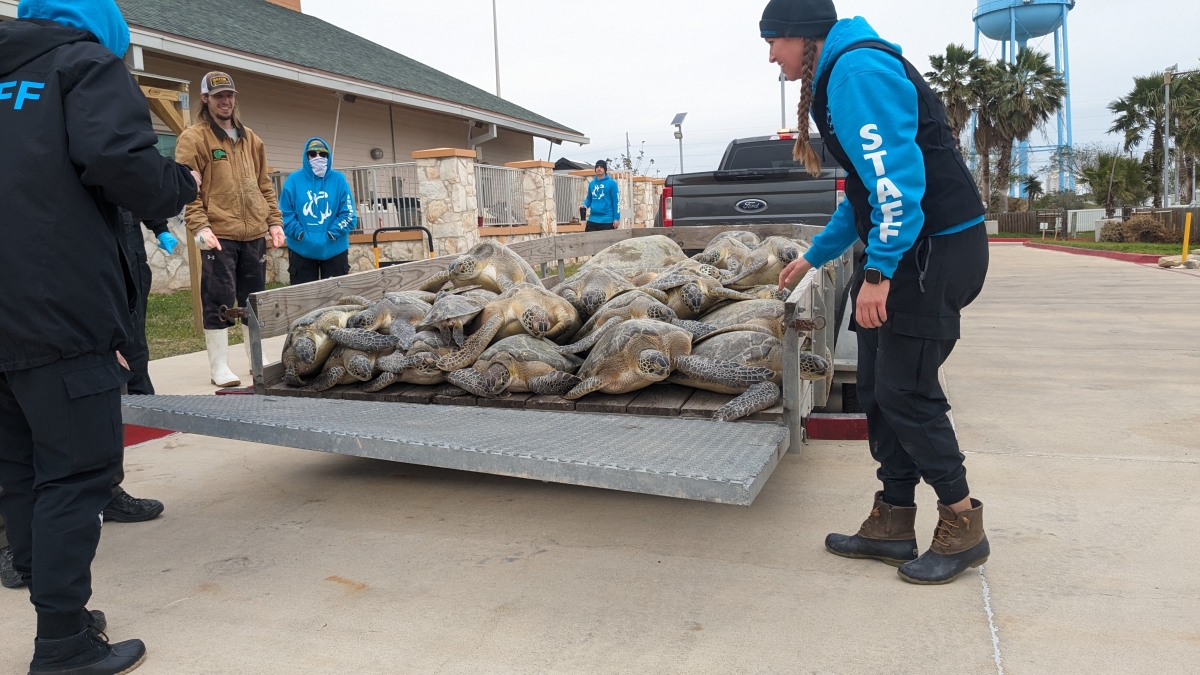
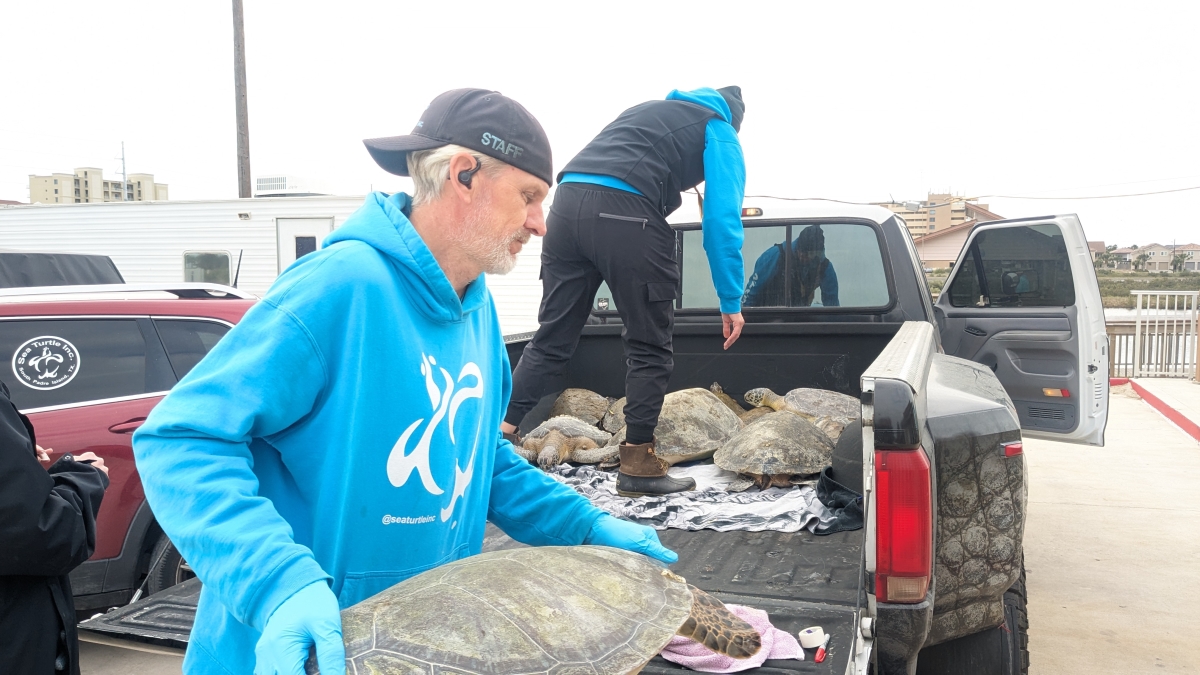
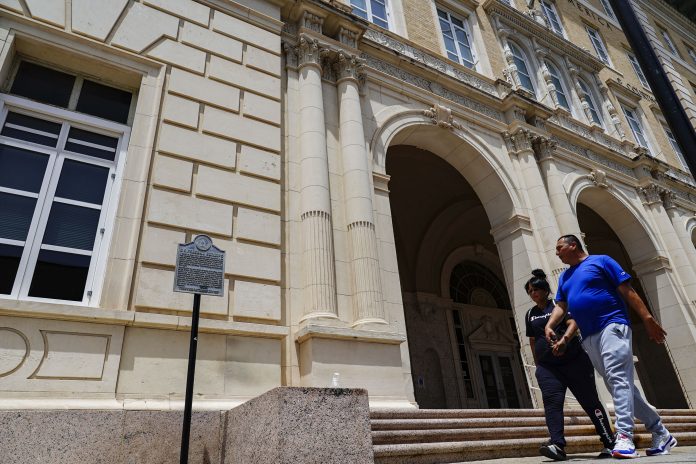
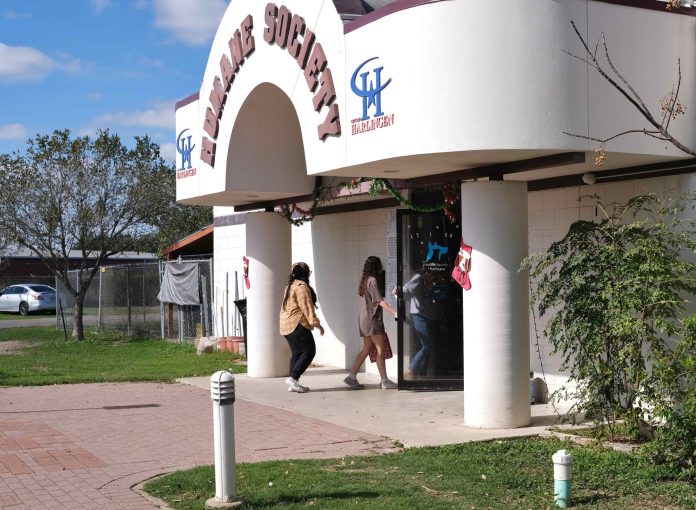





Commentary: Harlingen shouldn’t backslide on four years of lifesaving
In 2022, 14,000 dogs and cats were killed in the Rio Grande Valley’s animal shelters. How many of those were in the city of Harlingen’s no-kill shelter?
Zero.
Pause for a moment to let that sink in. Harlingen has been at the forefront of contemporary animal sheltering, inspiring other municipalities nationwide.
It wasn’t long ago that things were very different. In 2018, 70% of the dogs and cats that entered the then-Harlingen Humane Society were killed; 4,836 happy and healthy dogs and cats were killed simply because they didn’t have homes. Team members at the Humane Society of Harlingen (now the Rio Grande Valley Humane Society) recall the pain and trauma they experienced because of what they were forced to do when they were killing more than 400 adoptable dogs and cats each month.
The city should be celebrating this amazing progress, as they are a beacon of hope leading the rest of the Rio Grande Valley, but instead, the relationship between the city and the RGV Humane Society, which accomplished so much with very little, has ended with both organizations voicing displeasure about the other.
I wish the concerns could have been worked out privately, in a constructive manner that recognized the importance of communication and collaboration in creating a lifesaving community for the nation to emulate.
The city’s main concern appears to center on how their $400,000 contribution to the RGV Humane Society was spent as well as an objection over what the Humane Society spent on personnel services.
Let’s be honest here, folks: $400,000 is nowhere near enough to cover the costs of operating a contemporary lifesaving animal shelter. Animal services is a complex profession with specialized personnel rendering care to living creatures in a challenging environment.
The RGV Humane Society employed about four full-time and 20 part-time people making between $8.25 and $14 an hour, which averages about $18,000 a year per person for a total of $432,000. A director is compensated around $65,000 annually and a veterinarian at $160,000 for a grand total of $657,000. These expenses just cover the personnel needs and do not include the funding for food for the animals, medical care and all the supplies that are needed to operate a public facility.
Harlingen was paying about $100 per animal, which is less than a third of what most municipalities invest in their animal shelter, and in return they received robust, contemporary animal services that included the safe housing of lost pets, a return to home program, care for the sick and injured animals, emergency medical treatment, an adoption program and special events, a vital foster and volunteer program integral to lifesaving, spay, neuter and wellness services and all the other administrative and operational overhead functions that accompany offering services to the community.
The city also stated in their transparency alert social media post that the RGV Humane Society spent just under $20,000 on spay and neuter expenses compared to what they spent on personnel costs. It is important to acknowledge that the most expensive portions of sterilization procedures are the personnel costs of the veterinarian and staff who are performing the surgeries. The sutures, medicine and other medical supplies related to the procedures are part of that $20,000 expense line item. Therefore, it’s not accurate to conclude that very little was spent on spay and neuter services, especially considering that the RGV Humane Society performed more than 4,000 spay and neuter surgeries for shelter and community animals in 2023.
So, what now? It would be a travesty for the city of Harlingen to forsake their place in history and leadership in the Rio Grande Valley.
In a perfect world, the RGV Humane Society and the city of Harlingen would come back together, set aside differences and begin anew animal services for the city. They would agree on a realistic budget for what it takes to operate a contemporary animal shelter and pledge to work together rather than publicly airing concerns. In the absence of that happening, I urge the city to continue their commitment to lifesaving and appropriately fund their animal shelter so that the dogs and cats continue to leave the shelter alive, and Harlingen remains a beacon of hope for the Rio Grande Valley.
Julie Castle is CEO of Best Friends Animal Society in Harlingen.